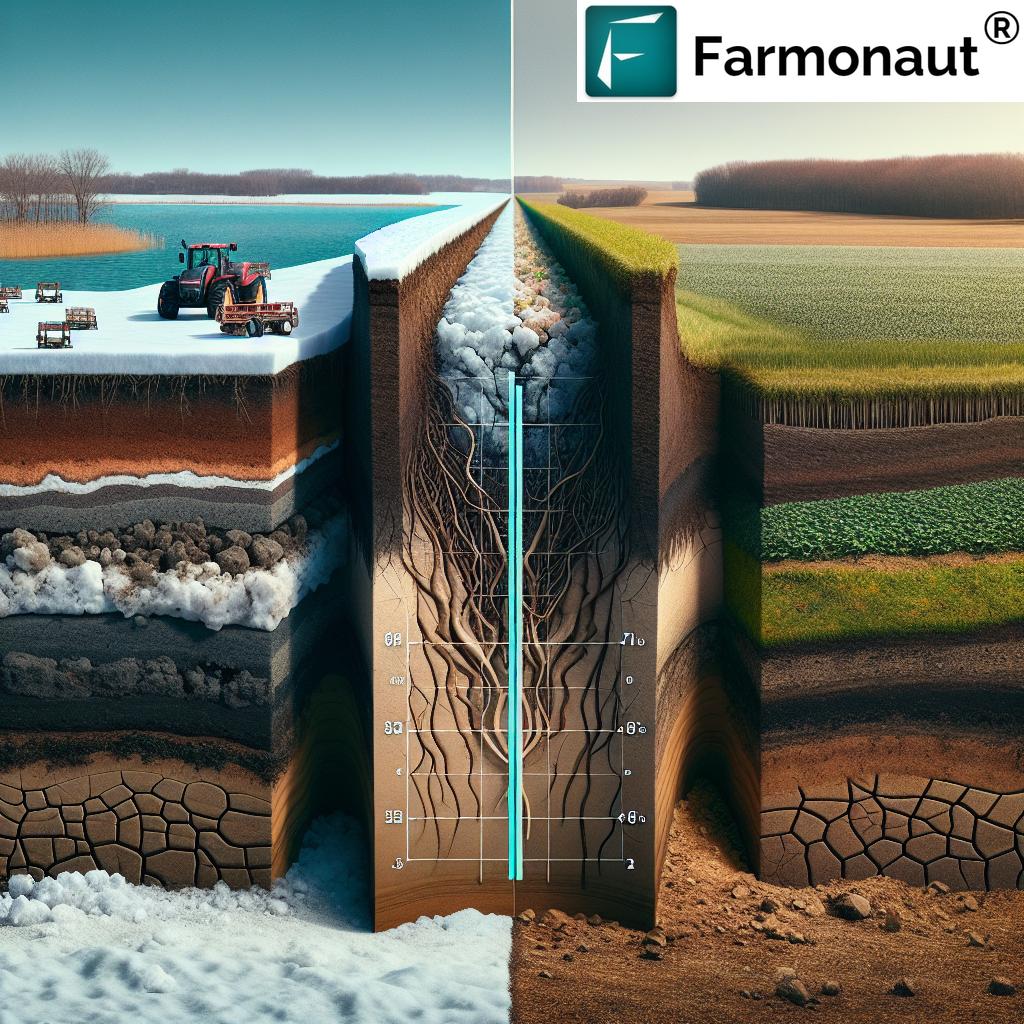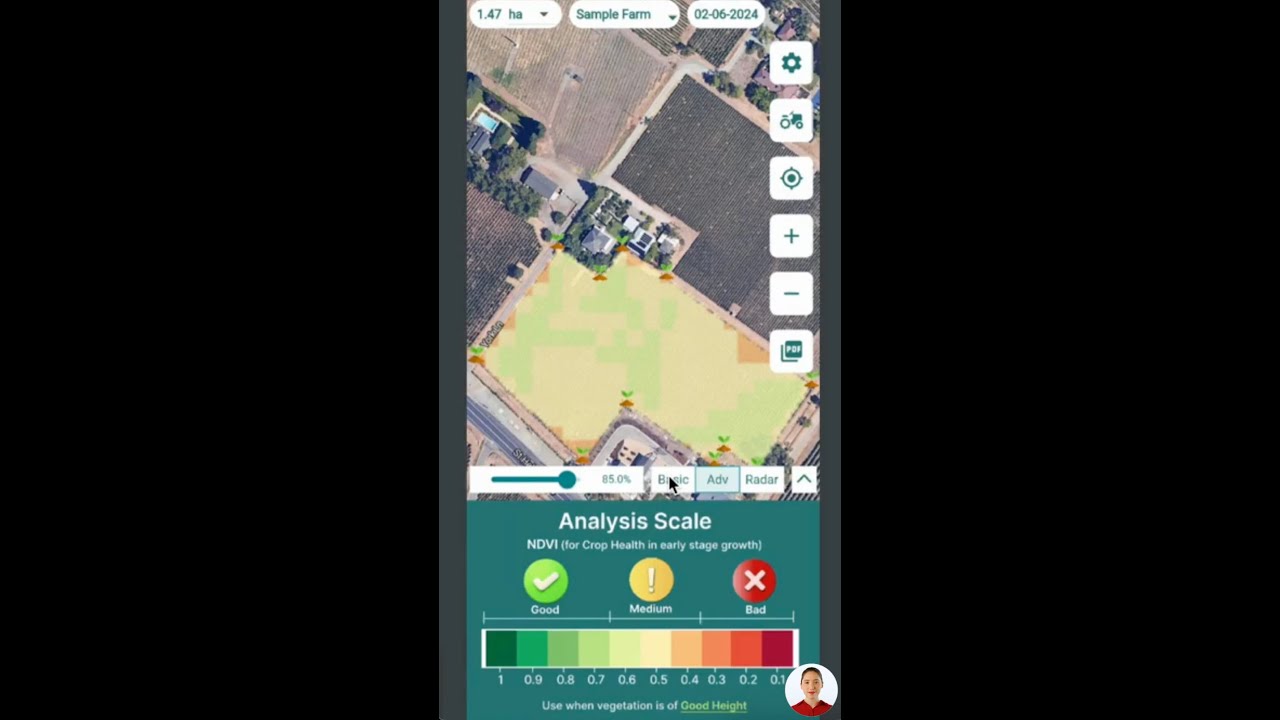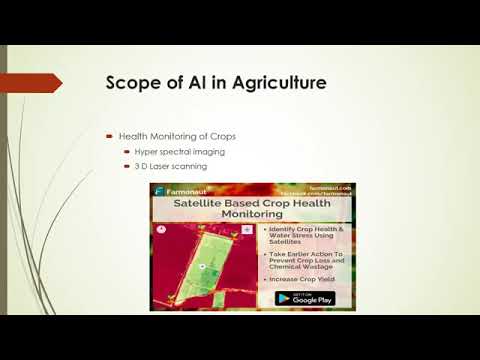Minnesota’s Winter Snowfall Deficit: Unraveling the Impact on Soil Health and Spring Crop Prospects
“Rochester, Minnesota’s low snowfall this winter has led to frost penetrating deeper into the soil, affecting up to 20 words.”
As we delve into the agricultural landscape of Minnesota this winter, we find ourselves facing an intriguing scenario that has caught the attention of farmers, agronomists, and agricultural experts alike. The winter of 2024-2025 has presented a unique challenge: a significant snowfall deficit that is reshaping our understanding of soil health and raising questions about the upcoming spring crop prospects.

In this comprehensive analysis, we’ll explore the multifaceted implications of this winter snowfall deficit in Minnesota, particularly focusing on Rochester and the surrounding areas. We’ll unpack how this unusual weather pattern is affecting soil health, frost penetration, and what it might mean for the spring planting season. Join us as we navigate through the complexities of this agricultural puzzle, drawing insights from experts and leveraging cutting-edge technologies to understand and prepare for the challenges ahead.
The Snowfall Deficit: A Closer Look
This winter has seen a remarkable departure from the norm in terms of snowfall. Rochester, Minnesota, has experienced a snowfall deficit of 24.6 inches, while Mason City, Iowa, just across the border, reports a similar shortfall of 22.6 inches. These figures aren’t just statistics; they represent a significant shift in the winter landscape that farmers have come to expect and rely upon.
- Rochester’s Snowfall Deficit: 24.6 inches
- Mason City’s Snowfall Deficit: 22.6 inches
While at first glance, a lack of snow might seem like a minor inconvenience, its impact on agriculture is far more profound than many might realize. The absence of a substantial snow cover has set in motion a chain of events that could influence everything from soil structure to spring planting conditions.
Frost Penetration: The Hidden Consequence
One of the most significant impacts of the snowfall deficit is the increased frost penetration into the soil. Brad Carlson, an Extension Educator at the University of Minnesota at Mankato, explains that the depth of frost is primarily influenced by two factors: the duration of below-zero temperatures and the moisture content in the soil.
In a typical winter, a layer of snow acts as an insulating blanket, protecting the soil from extreme cold and limiting frost penetration. However, this year’s lack of snow cover has allowed frost to reach deeper into the ground, potentially altering soil composition and structure.
While exact data on current frost depth is not available, the consensus among experts is clear: the minimal snowfall has promoted deeper frost penetration, which could have far-reaching consequences as we approach the spring thaw.
Soil Health: The Foundation of Agriculture
The health of our soil is paramount to successful agriculture, and the winter conditions play a crucial role in shaping soil characteristics. Terry Mathews, a farmer from Olmsted County, provides valuable insights into how frost affects soil composition:
- Frost can alter soil structure, potentially affecting its ability to retain moisture and nutrients.
- In rocky soils, deeper frost can push rocks to the surface, creating challenges for spring tillage.
- Paradoxically, frost can also help alleviate soil compaction to some extent, offering a silver lining to the situation.
The interplay between frost and soil is complex, and its full impact may not be fully understood until the spring thaw begins. This uncertainty underscores the importance of continued monitoring and adaptive strategies in agriculture.
Farmonaut’s satellite-based crop monitoring can be an invaluable tool for farmers looking to track soil moisture and frost impacts across their fields. By providing real-time data and insights, it enables informed decision-making in the face of changing environmental conditions.

The Spring Thaw: Anticipating Challenges and Opportunities
As we look ahead to the spring season, the agricultural community is poised on the edge of uncertainty. The timing and nature of the spring thaw will be critical in determining how the winter’s snowfall deficit will ultimately impact crop production.
“Farmonaut’s satellite-based crop monitoring can track soil moisture and frost impacts across thousands of acres in Minnesota.”
Typically, the thawing process begins in March, but this year’s unique conditions may alter this timeline. The key concerns for farmers and agronomists include:
- Soil Moisture Recharge: Will there be sufficient moisture available for crops as they begin to grow?
- Soil Compaction: How will the deeper frost affect soil structure and potential compaction issues?
- Planting Schedules: Will farmers need to adjust their planting schedules to account for altered soil conditions?
Brad Carlson aptly describes the situation as “a story still being written,” emphasizing the dynamic nature of these agricultural challenges. As we navigate through this period of uncertainty, tools like Farmonaut’s API for satellite and weather data can provide crucial insights to help farmers make informed decisions.
Comparative Analysis: Normal vs. Current Winter Conditions
| Factors | Normal Winter Conditions | Current Season (2024-2025) | Potential Agricultural Impacts |
|---|---|---|---|
| Snowfall Amount (inches) | 30-40 | 5-15 | Reduced insulation, increased frost penetration |
| Frost Depth (inches) | 20-30 | 35-45 (estimated) | Altered soil structure, delayed spring thaw |
| Soil Moisture Content (%) | 25-30 | 15-20 (estimated) | Potential moisture deficit for spring planting |
| Expected Spring Thaw Date | Early to mid-March | Late March to early April | Delayed planting schedules, shorter growing season |
| Soil Compaction Risk | Low to Medium | Medium to High | Increased tillage requirements, root development challenges |
This comparative analysis highlights the stark differences between typical winter conditions and the current season, underscoring the potential challenges that farmers may face as they prepare for the spring planting season.
Leveraging Technology in Uncertain Times
In the face of these unprecedented conditions, technology emerges as a crucial ally for farmers and agricultural professionals. Satellite-based crop monitoring solutions, like those offered by Farmonaut, can provide real-time insights into soil moisture levels, frost impacts, and overall crop health.
Farmonaut’s API Developer Docs offer a wealth of information for those looking to integrate satellite and weather data into their agricultural management systems.
- Real-time Monitoring: Track soil conditions across vast areas with satellite imagery.
- Data-Driven Decisions: Use AI-powered insights to optimize planting schedules and resource allocation.
- Predictive Analytics: Anticipate potential issues before they become critical problems.
Preparing for Spring: Strategies for Farmers
As we approach the critical spring planting season, farmers in Minnesota and surrounding areas should consider the following strategies to mitigate the potential impacts of the winter snowfall deficit:
- Soil Testing: Conduct comprehensive soil tests to assess moisture levels and nutrient content.
- Flexible Planting Schedules: Be prepared to adjust planting dates based on soil conditions and frost depth.
- Water Management: Implement efficient irrigation strategies to compensate for potential moisture deficits.
- Crop Selection: Consider drought-resistant varieties or crops with shorter growing seasons if necessary.
- Tillage Practices: Adapt tillage methods to address potential soil compaction issues.
Farmonaut’s mobile apps for Android and iOS can be invaluable tools for implementing these strategies, providing on-the-go access to critical agricultural data.


The Role of Artificial Intelligence in Agriculture
As we navigate the challenges posed by the winter snowfall deficit, artificial intelligence (AI) emerges as a powerful tool in modern agriculture. AI can analyze vast amounts of data from satellite imagery, weather patterns, and historical crop performance to provide actionable insights for farmers.
Farmonaut’s AI-powered solutions can help farmers:
- Predict optimal planting times based on soil conditions and weather forecasts
- Identify areas of fields that may require additional attention or resources
- Optimize resource allocation for irrigation, fertilization, and pest control
- Forecast potential yield outcomes under various scenarios
By leveraging AI and machine learning algorithms, farmers can make more informed decisions, even in the face of unprecedented environmental conditions like this year’s snowfall deficit.
Looking Ahead: The Bigger Picture
While the immediate focus is on addressing the challenges posed by this winter’s snowfall deficit, it’s crucial to consider the broader implications for agriculture in Minnesota and beyond. Climate variability is becoming increasingly common, and events like this serve as a reminder of the need for resilient and adaptive farming practices.
As we move forward, the agricultural community must:
- Invest in research to develop crop varieties that can thrive under diverse conditions
- Explore innovative water conservation and management techniques
- Embrace technology and data-driven decision-making to enhance farm productivity and sustainability
- Foster collaboration between farmers, researchers, and technology providers to address emerging challenges
Farmonaut’s commitment to making precision agriculture accessible aligns perfectly with these goals. Our web app provides a comprehensive platform for farmers to leverage cutting-edge technology in their daily operations.

Conclusion: Adapting to Change, Embracing Innovation
As we conclude our exploration of Minnesota’s winter snowfall deficit and its potential impact on soil health and spring crop prospects, we’re reminded of the resilience and adaptability of the agricultural community. While the challenges posed by this unusual winter are significant, they also present opportunities for innovation and growth.
By leveraging advanced technologies, embracing data-driven decision-making, and fostering collaboration, farmers and agricultural professionals can navigate these uncertain times with confidence. The story of this winter’s impact on agriculture is still unfolding, but with the right tools and strategies, we can work towards a productive and sustainable future for farming in Minnesota and beyond.
As we move forward, let’s remain vigilant, adaptable, and open to new ideas and technologies that can help us overcome the challenges posed by changing environmental conditions. Together, we can build a more resilient and prosperous agricultural sector that thrives in the face of uncertainty.
FAQ Section
- Q: How does the snowfall deficit affect soil moisture?
A: The lack of snow cover can lead to reduced soil moisture as there’s less meltwater to recharge the soil in spring. This may result in drier soil conditions for planting. - Q: Will the deeper frost penetration have long-term effects on soil health?
A: While deeper frost can temporarily alter soil structure, its long-term effects depend on spring conditions and management practices. Proper tillage and soil care can mitigate potential negative impacts. - Q: How can farmers prepare for potential moisture deficits in spring?
A: Farmers can implement water conservation techniques, consider drought-resistant crop varieties, and use technology like Farmonaut’s satellite monitoring to track soil moisture levels and plan irrigation strategies accordingly. - Q: Are there any benefits to the reduced snowfall?
A: While challenges are significant, reduced snowfall can lead to earlier field access in spring and may help alleviate some soil compaction issues through deeper freezing. - Q: How can technology like Farmonaut help in managing these unusual conditions?
A: Farmonaut’s satellite-based monitoring provides real-time data on soil conditions, enabling farmers to make informed decisions about planting, irrigation, and resource allocation in response to the unique challenges posed by the snowfall deficit.
Earn With Farmonaut: Join our Affiliate Program
Earn 20% recurring commission with Farmonaut’s affiliate program by sharing your promo code and helping farmers save 10%. Onboard 10 Elite farmers monthly to earn a minimum of $148,000 annually—start now and grow your income!
Farmonaut Subscriptions
















